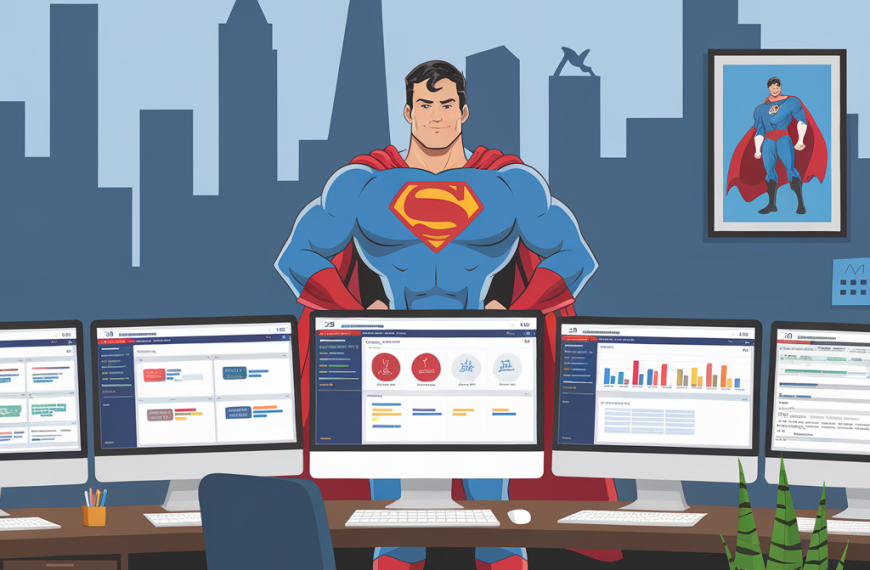Navigating the Future: Key SaaS Pricing Trends for 2024

Introduction: The Opportunity in SaaS Pricing
In the rapidly evolving world of Software as a Service (SaaS), pricing strategies are more crucial than ever. As we step into 2024, the SaaS market is witnessing unprecedented growth, driven by technological advancements and changing consumer expectations. For SaaS companies, the ability to adapt and innovate their pricing models is not just an opportunity but a necessity to stay competitive and profitable.
Key Pricing Models in 2024

The SaaS industry is characterized by a variety of pricing models, each catering to different business needs and customer preferences. In 2024, three models stand out:
- Subscription-Based Pricing: This model continues to dominate the SaaS landscape, offering predictable revenue streams and fostering long-term customer relationships. Companies benefit from steady cash flow, while customers enjoy consistent access to services.
- Usage-Based Pricing: Gaining traction, this model aligns costs with actual usage, making it attractive for both providers and customers. It offers flexibility and scalability, allowing businesses to pay only for what they use.
- Tiered Pricing Models: By offering multiple pricing tiers, companies can cater to diverse customer segments. This model provides options for different levels of service, ensuring that customers can choose a plan that best fits their needs and budget.
Factors Influencing Pricing Strategies

Several factors are shaping the pricing strategies of SaaS companies in 2024:
- Economic Changes: With an 11.4% inflation rate affecting the sales category, companies are compelled to adjust their pricing to maintain profitability. Economic pressures are leading to increased operational costs, prompting price hikes.
- Customer Demand: The demand for personalized and AI-driven solutions is pushing companies to innovate their pricing strategies. Customers are seeking more value and customization, influencing how services are priced.
- Competitive Landscape: In a saturated market, companies are constantly adjusting prices to remain competitive. This dynamic environment requires agile pricing strategies that can quickly respond to market changes.
The Impact of Economic Changes on SaaS Pricing

Economic changes are having a profound impact on SaaS pricing. Inflation and market pressures are driving up operational costs, leading many companies to increase their prices. Additionally, regulatory changes and data privacy laws are influencing pricing strategies, as companies invest in compliance measures to protect customer data and adhere to legal requirements.
Predictions for Future Pricing Trends

Looking ahead, several trends are expected to shape the future of SaaS pricing:
- AI and Machine Learning Integration: Companies will increasingly leverage AI to optimize pricing strategies and enhance customer experiences. AI can provide insights into customer behavior, enabling more personalized and dynamic pricing models.
- Vertical SaaS Growth: As tailored solutions for specific industries become more prevalent, specialized pricing models will emerge. This trend will allow companies to offer industry-specific solutions at competitive prices.
- Increased Focus on Customer Success: Moving away from one-time transactions, companies will adopt pricing strategies that emphasize customer retention and success. This approach will foster long-term relationships and drive customer loyalty.
Conclusion: A Call to Action for SaaS Companies
As the SaaS industry continues to evolve, companies must evaluate and adapt their pricing strategies to remain competitive. By understanding the key trends and factors influencing pricing, businesses can position themselves for success in 2024 and beyond. Now is the time for SaaS companies to innovate and refine their pricing models to meet the demands of a dynamic market.


 By
By


